
Are you taking advantage of the many apps available to help you increase productivity, communicate easily and make you laugh? Making use of technology can help you navigate both now and when the COVID-19 pandemic is behind us.

Are you taking advantage of the many apps available to help you increase productivity, communicate easily and make you laugh? Making use of technology can help you navigate both now and when the COVID-19 pandemic is behind us.

Check out this week's top COVID-19 news.
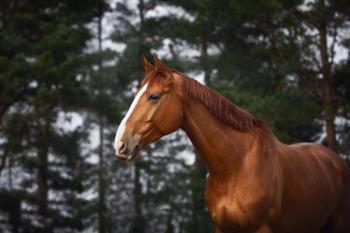
I got a positive for EHV-2 and EHV-5 on a nasal swab. What does that mean?
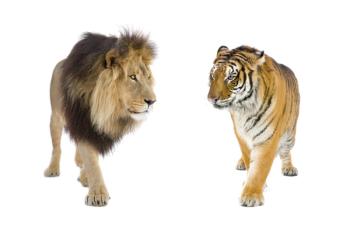
The big cats were tested via fecal sampling, which does not require general anesthesia.

Apocrine gland anal sac adenocarcinoma is an aggressive cancer that might be better harnessed with targeted chemotherapeutic agents. A recent study evaluated the efficacy of toceranib in treating this tumor, and assessed prognostic factors.

Veterinary students are taking advantage of social media to promote positivity during the pandemic.

This week's top COVID-19 headlines.
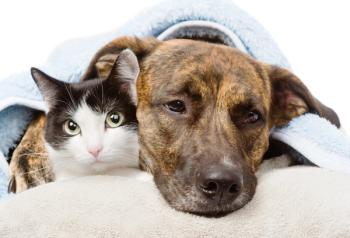
Trupanion reports no increase in respiratory-related pet insurance claims.
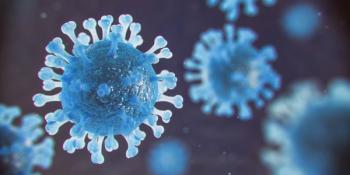
Health experts continue to reassure veterinarians and pet owners that animal cases are very rare, and there is no evidence that pets can transmit the virus to people; thus routine pet testing is not recommended at this time.
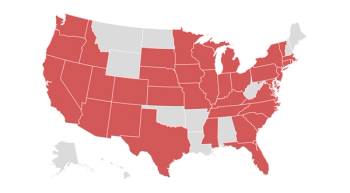
The CEO of the Companion Animal Parasite Council (CAPC) explains how COVID-19 elevates the role of veterinary teams in safeguarding the health of both pets and people.

Pet owners are largely enjoying the curbside service they're currently receiving at veterinary practices. Here's why, plus a look at strategies to implement now and after the COVID-19 crisis ends.
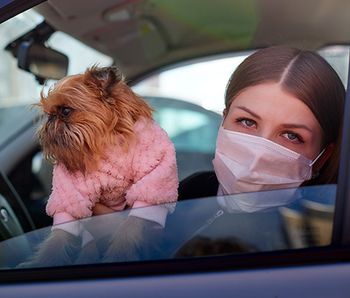
How are your veterinary clients coping with all the major changes your practice has implemented in the face of COVID-19? One practice team shares their experience.
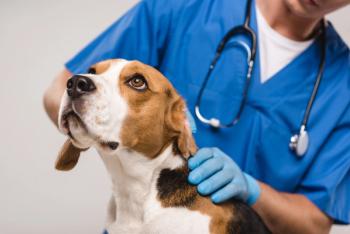
Idexx Laboratories has made its SARS-CoV-2 (COVID-19) RealPCR Test available in response to requests from veterinarians as well as clinical evidence that animals can—rarely—become infected with the novel coronavirus.

Charges have been filed against 27 individuals in the $100 billion global horse racing industry.
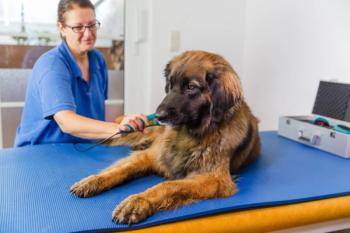
Staying current with technological advances in veterinary medicine is difficult, but it’s an important part of providing excellent patient care.

Coronaviruses are generally zoonotic, and certainly not news in animal health circles. Therapies shown to inhibit replication of viruses having animal hosts could hold promise for treating the novel coronavirus in people.
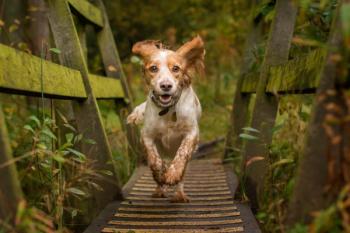
A veterinary dermatologist outlines the latest in flea and tick control products—and how to choose what’s best for your patients.

Experts agree that in the face of the COVID-19 pandemic, veterinarians need technology in their practices today more than ever. Whether you're a technology novice or an expert, there's always more to learn.

Are you remaining optimistic about the future of veterinary practice? This ongoing COVID-19 conversation offers tips for combatting depression and burnout right now, and planning for the future.

SPCA International offers unique insight on how the coronavirus pandemic is affecting animal shelters and rescues throughout the world, what’s being done to help now and what will be needed when the crisis is over.
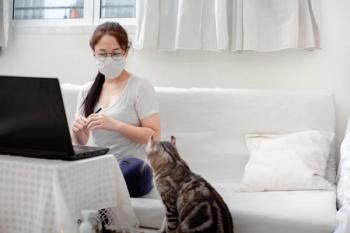
The coronavirus pandemic has generated more questions than answers so far, but a recent webinar outlines what we do know, including infectivity in animals, and what precautions pet owners and practices should be taking.

The barrage of COVID-19 research has begun, including studies that have not yet been qualitatively reviewed for the validity of findings or suitability for publication. Here's what you should keep in mind.
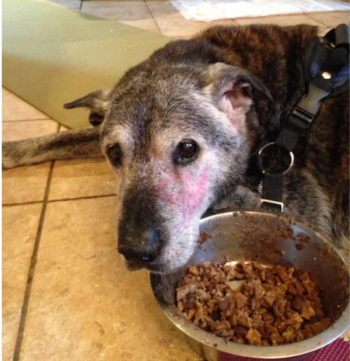
New protocols in the face of COVID-19 have impacted most aspects of veterinary practice, perhaps none more so than euthanasia procedures.
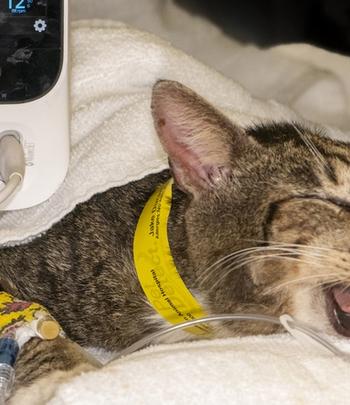
Monitoring ventilation is critical in dogs and cats undergoing dental procedures.
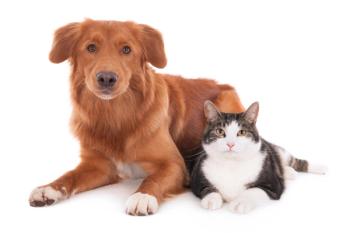
Ongoing monitoring of samples submitted to the company underscores current evidence that pet dogs and cats are unlikely to become infected with the novel coronavirus.
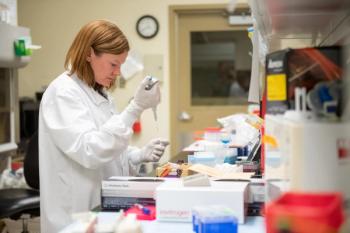
An engineered form of a common bacteria may be the key to creating a vaccine against the novel coronavirus.

What does "normal" look like in a 33,000-square-foot emergency and specialty veterinary hospital during the COVID-19 pandemic?

The association shared with its global veterinary audience news of the first animal in the United States to test positive for the virus, plus preliminary international research on transmission and treatment.
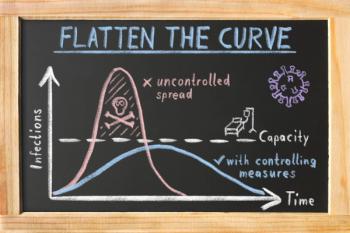
More on the essential work veterinary practices are doing right now and the key role they play in slowing the spread of the virus.